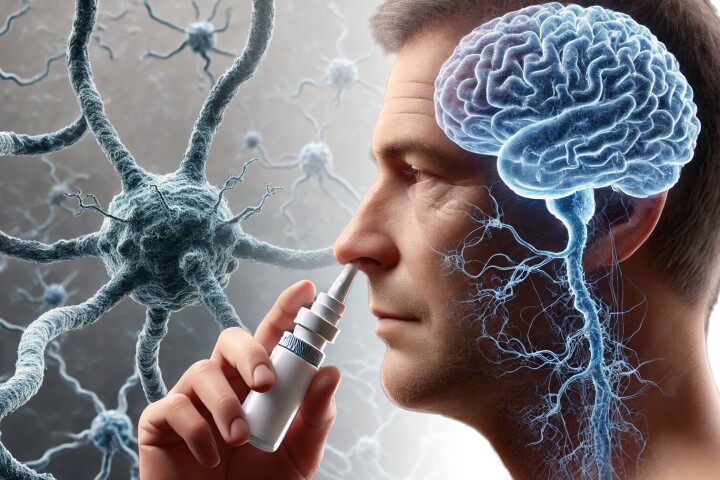Within certain populations, such as people with highly stressful jobs, it's important to know if individuals may be developing depression. New research suggests that even if people don't realize they're becoming depressed, a simple Fitbit could warn that they are.
For the study, which was conducted by a team from Singapore's Nanyang Technological University, a total of 290 adults (average age 33) were tasked with wearing a Fitbit Charge 2 activity-tracking device for 14 consecutive days. They were told to wear it at all times, other than when bathing, or recharging its battery.
At the beginning and then again at the end of the two-week period, the participants also completed a questionnaire which is widely used to identify people who are becoming depressed. The results of those questionnaires were then combined with data gathered by the Fitbits, and used to train a machine-learning-based computer program called the Ycogni model.
When that program was subsequently used to analyze the Fitbit data alone, it proved to be about 80 percent accurate at predicting which people were most likely to develop depression, and which ones were least likely to do so.
It was observed that the at-risk individuals had more varied heart rates between 2 am and 4 am, and then again between 4 am and 6 am (as measured by the Fitbits). This falls in line with findings from earlier studies, which suggest that variations in heart rate while sleeping could be a valid physiological indicator of depression.
The Fitbits additionally indicated that the at-risk test subjects tended to have a wider variation in waking times and bedtimes. Again, it has previously been observed that people suffering from depression aren't as good at following daily sleeping and waking routines.
"Our study successfully showed that we could harness sensor data from wearables to aid in detecting the risk of developing depression in individuals," said Prof. Josip Car, who led the study along with Assoc. Prof. Georgios Christopoulos. "By tapping on our machine learning program, as well as the increasing popularity of wearable devices, it could one day be used for timely and unobtrusive depression screening."
The research is described in a paper that was recently published in the journal JMIR mHealth and uHealth. It should be noted that a University of Vermont study previously used wearable motion sensors to detect depression in children.
Source: Nanyang Technological University




